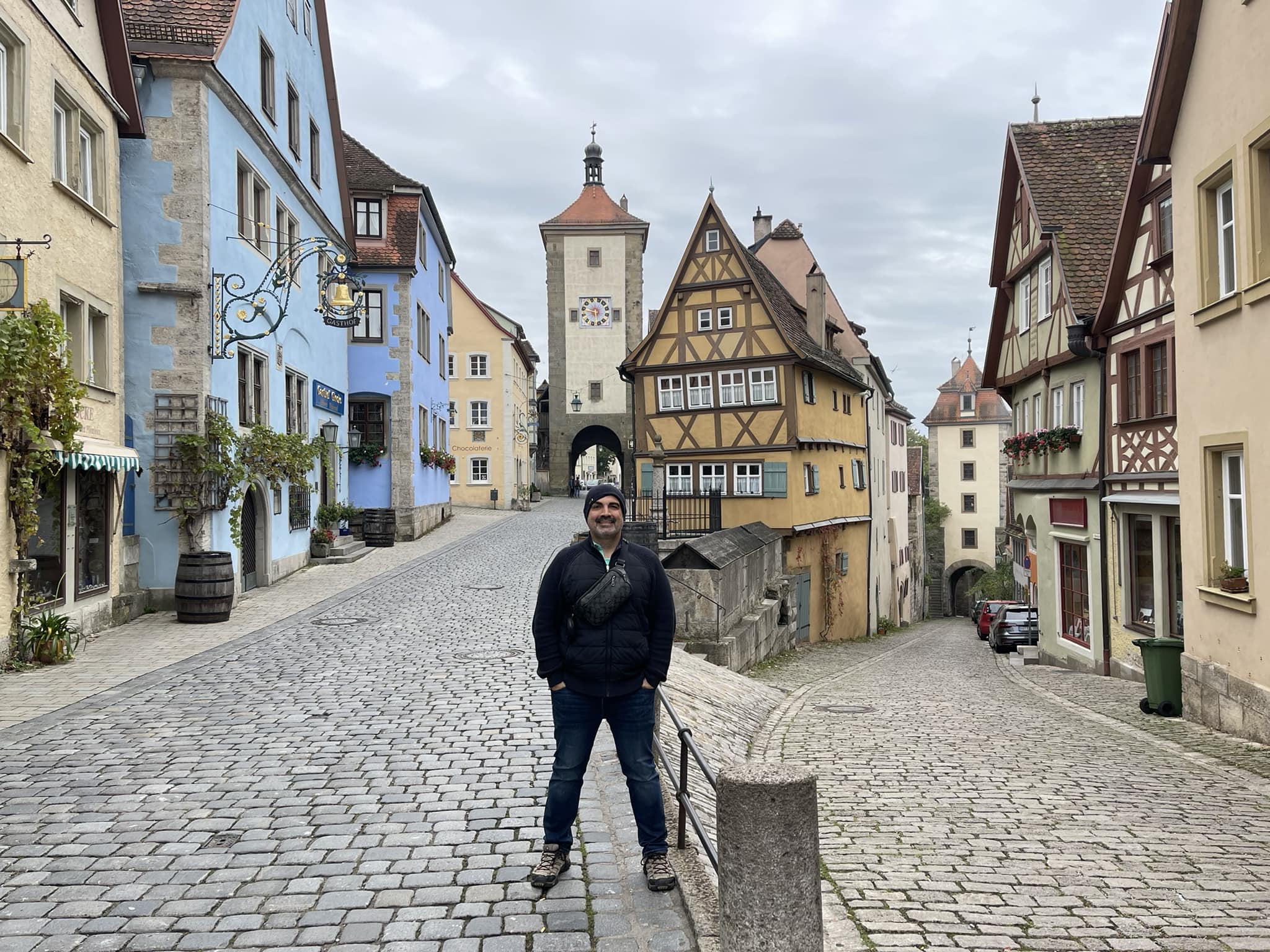
I recently returned from a week-long solo adventure in Germany, a trip that came about quite unexpectedly. Earlier in 2023, in my eagerness to reengage with speaking at conferences, I submitted a series of talk proposals to various events and one of my submissions was accepted at RabbitMQ Summit. However, it was only after this exciting acceptance that I realized the conference was in Berlin, not in the United States. At first, I contemplated declining due to the location mix-up, but my wife encouraged me to embrace the chance to speak internationally and turn it into a solo expedition.
With her support, I booked my airline tickets, planning to arrive in Berlin a day before the conference and to stay on for the following week. Although Berlin itself could easily fill a week with its rich history and vibrant culture, my curiosity about Germany as a whole led me to think bigger. This brings us to the crucial part of my journey: figuring out where to go and how to get there. Delving into research, I sought to create an itinerary that would allow me to experience the very best of Germany within the limited time I had.
Where To Go and How To Get There
My initial plan necessitated spending two nights in Berlin. I would arrive the day before the conference and probably leave teh conference around 7 pm considering I planned on staying for the after-party. Having experienced Rome as the only international capitol I had visited, I anticipated Berlin would be similarly saturated with tourists and scammers. Hence, I decided to spend just those two evenings in Berlin before venturing to other destinations.
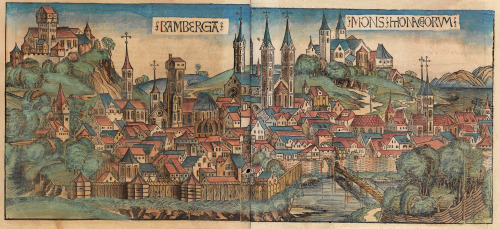
The Holy Roman Empire and the upper Franconian region of Bavaria have always captivated me, prompting me to research potential places to visit there. My exploration led to a list that included Bamberg, Nuremberg, and several other quaint towns in the vicinity. I opted to take a fast ICE train from Berlin to Bamberg, planning a two-night stay. Initially, I had intended to partake in a hiking brewery tour, but unfortunately, this plan didn’t materialize. After Bamberg, I journeyed by train to Nuremberg, which became my base for the last three nights in Germany. To streamline my travel, I altered my return flight to depart from Nuremberg instead of Berlin, an adjustment that only cost an additional $80.
Transportation
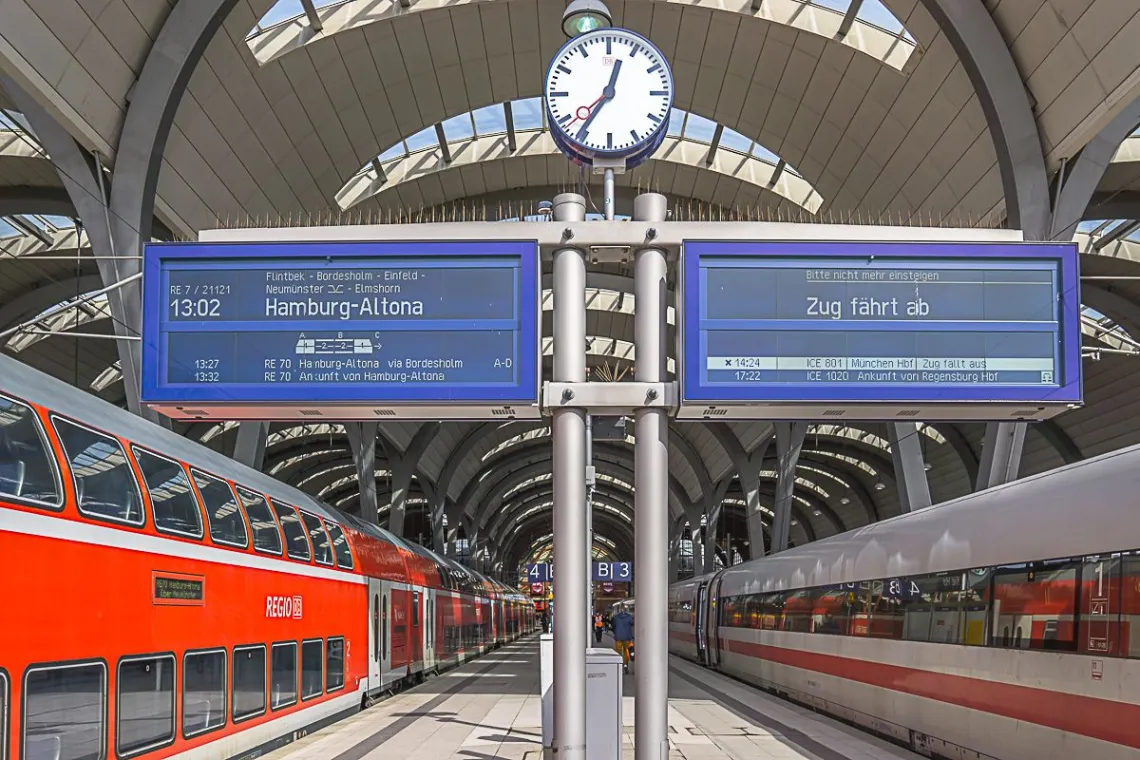
To avoid any surprises or last-minute ticket purchases, I conducted thorough research on transportation options before my trip. Among the various day and week passes available, I chose the Deutschland Ticket, a €49-per-month subscription service. This service grants unlimited access to all public transport, excluding ICE (the high-speed trains), meaning I could use buses, trams, subways, and regional trains with ease. For my journey from Berlin to Bamberg, I purchased an ICE ticket in advance through the DB site for €59, a wise decision as the price later increased to €79 and even €119 on the day of travel. Securing these tickets early can save a considerable amount.
Acquiring the Deutschland Ticket proved somewhat challenging. The official DB website required a German bank account for payment, which I didn’t have. I experimented with various apps for ticket purchases, each pertaining to different regional operators. However, most didn’t accept credit cards or had restrictions, such as needing to buy before the 10th for the following month. Since it was already past this cutoff, I could only get a ticket for November, not October. Eventually, I found HVV Switch, which accepted credit card and PayPal payments. Remarkably, it also allowed me to purchase a ticket valid for the current month at only €22 for a half-month subscription, which was a great deal.
If you’re travelling with a group, you should look into one of the regional train system passes. For example, the Bayern Ticket allows for unlimited rides on regional trains for up to five people. This is a bit more economical to buying five Deutschland Tickets, but locks you down to one specific region and date.
Upon my arrival in Berlin, I navigated the city using various trains and buses without any complications. Trains were my primary mode of transportation for the rest of my journey, with only occasional ticket checks by conductors. I recommend printing out the barcode for your ticket, as some trains lack chargers. Having a physical copy proved useful when my phone’s battery died during one of my day trips.
Lodging
One fundamental rule I set for myself was to find accommodations that were unique, affordable, and centrally located. As a solo traveler, my primary needs were a secure place to store my belongings and a comfortable spot to sleep at night.
For my stay in Berlin, where the conference was held at the Estrel Hotel, I realized after a quick check on Google Maps that it was quite a distance from the major sightseeing attractions. Since the conference lasted only a day, I opted for a more centrally-located lodging. My choice was the Circus Hostel, known for its unique character, central location, and quirky amenities like a David Hasselhoff Museum and a microbrewery bar in the basement. I ensured to book a single occupancy room for added privacy.
In Bamberg, I was intrigued by the numerous options to stay in rooms situated above breweries or restaurants – a must-try experience in the region. However, I was mindful of potential noise levels and packed earplugs just in case. I eventually chose a two-night stay at Casa Italia, perfectly positioned in the heart of the old town, adjacent to the renowned Altes Rathaus and just around the corner from the Schlenkerla brewery. This is literally where I’d pass through every time I headed back to the lodging.
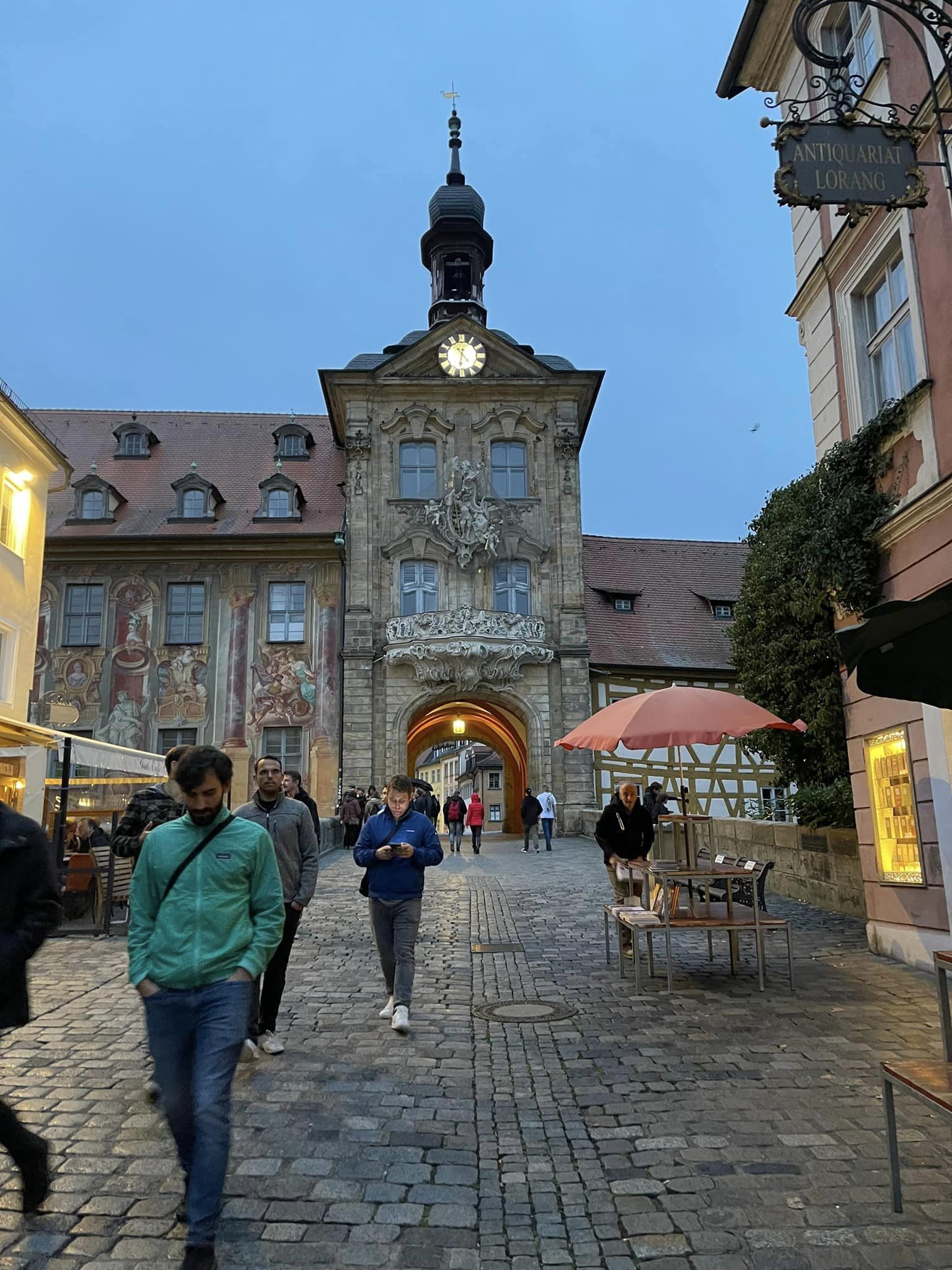
For the Nuremberg leg of my journey, I stayed at Bocksbeutel-Stube im Pillhofer, conveniently located right next to the train station and within the historic Altstadt walls. This prime location made it incredibly easy to embark on day trips from Nuremberg and to navigate the city via the U-Bahn. The price for my room during off season (right between Oktoberfest and Christmas Markets) was practically a steal.
Final Itinerary
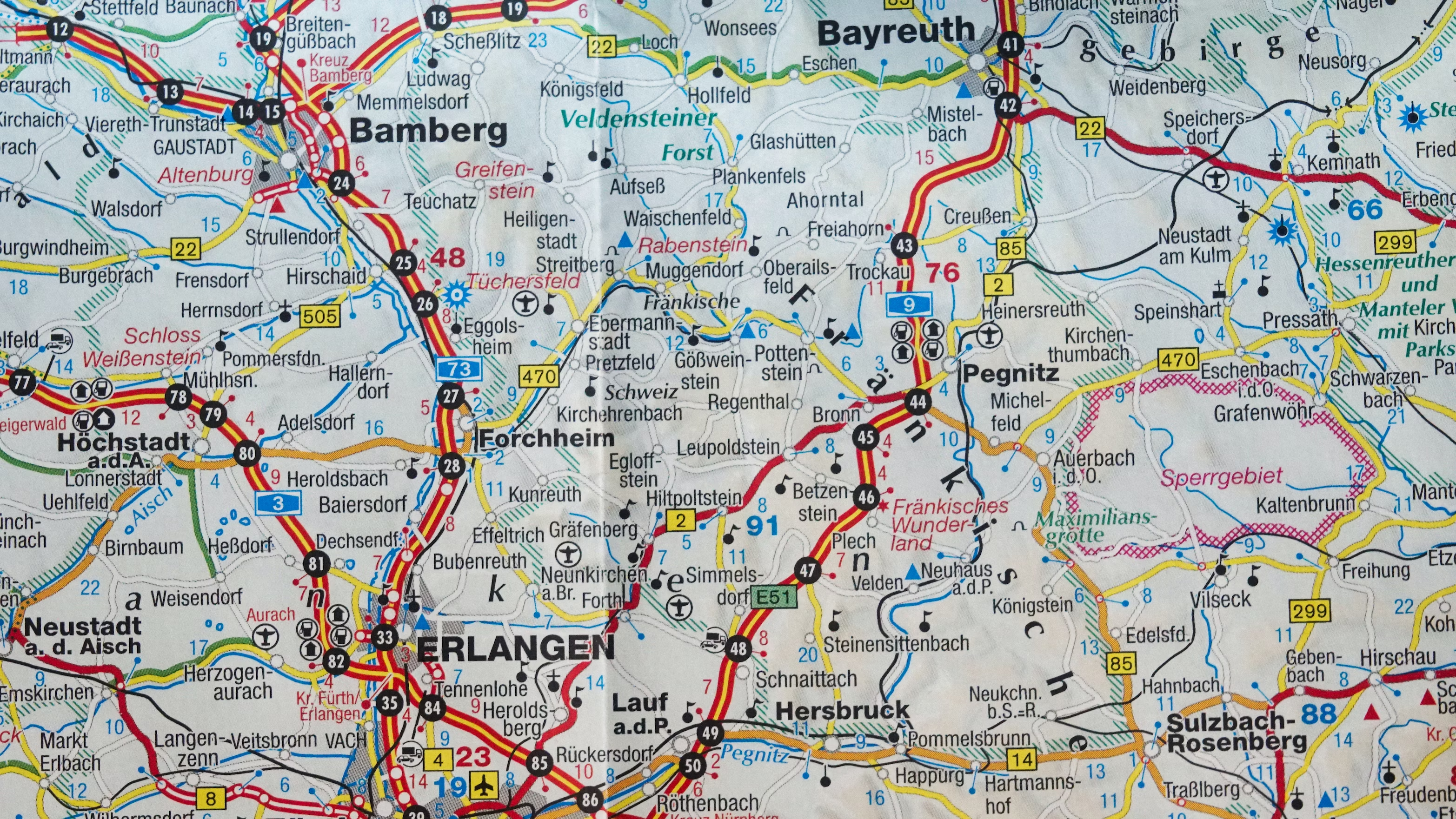 With every detail of my travel and accommodation arranged, I put together a final itinerary that promised a blend of structured exploration with the opportunity for spontaneity. My journey was set to unfold as follows:
With every detail of my travel and accommodation arranged, I put together a final itinerary that promised a blend of structured exploration with the opportunity for spontaneity. My journey was set to unfold as follows:
- 2 Nights in Berlin: The vibrant capital, where history intertwines with modern flair, would be my first stop. One full day to explore the city followed by a day fully engaged in the RabbitMQ Summit.
- 2 Nights in Bamberg: Next, I would immerse myself in the charm of Bamberg, renowned for its picturesque medieval architecture and its status as a UNESCO World Heritage site. This leg of the trip was an opportunity to explore the town’s famed breweries and quaint cobblestone streets.
- 3 Nights in Nuremberg: The final stretch of my journey was centered in Nuremberg, a city steeped in history and culture. My stay included:
- A day trip to Rothenburg ob der Tauber, known for its well-preserved medieval old town.
- The option for another day excursion to either Bayreuth, Würzburg, or Regensburg, each offering its unique array of historical and cultural sights.
The extended stay in Nuremberg afforded me the flexibility to either delve deeper into the city’s rich history or embark on additional day trips. The prospect of wandering through Nuremberg’s old town, experiencing its vibrant market squares, and exploring its historical sites like the Kaiserburg castle was particularly appealing. This segment of my trip was deliberately left open-ended, allowing me the freedom to decide spontaneously based on my interests and discoveries along the way.
Booking Attractions
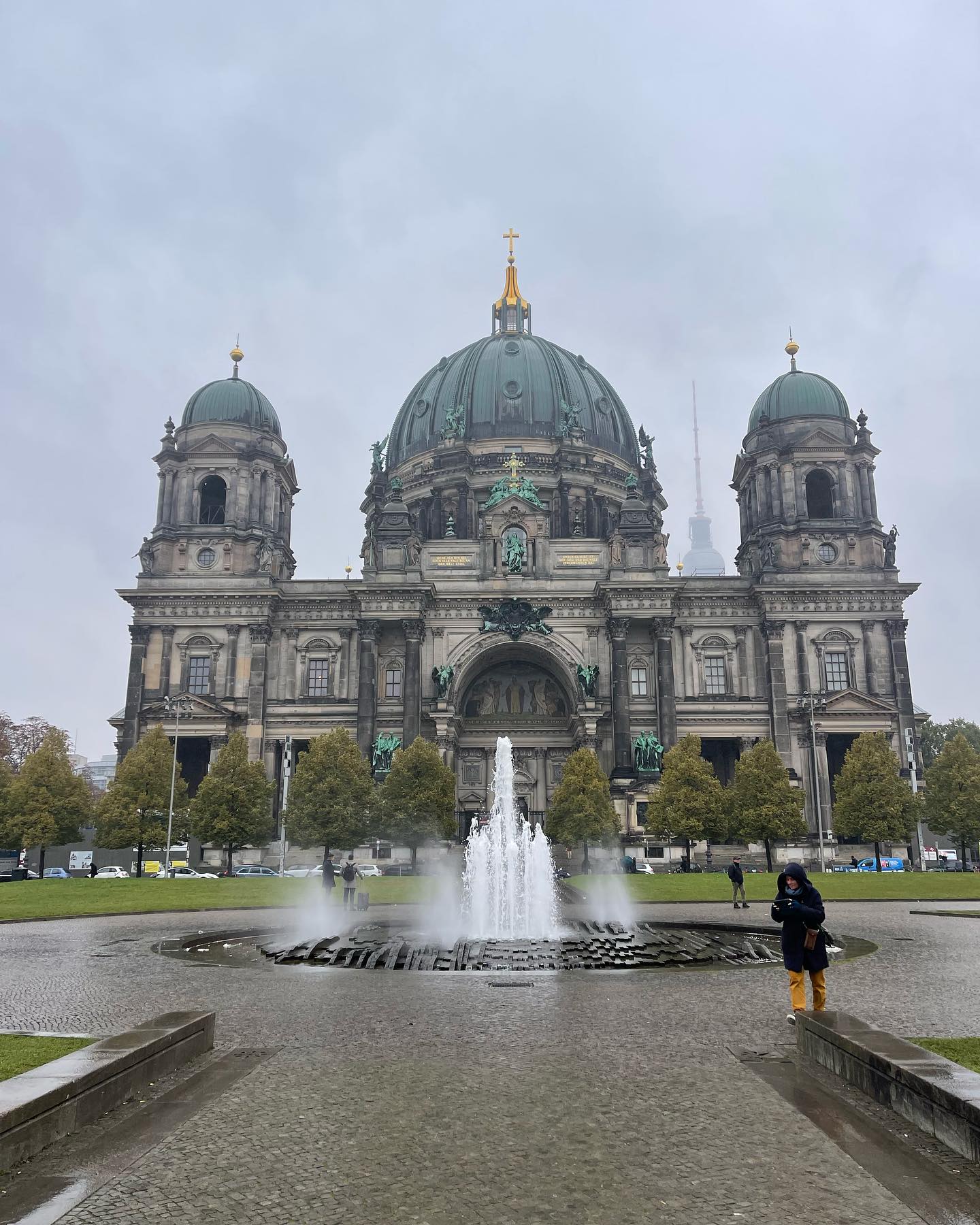 Considering the limited time available during my stay in Berlin, I prioritized booking all major attractions in advance. My list included visiting Museum Island, seeing the Ishtar Gate, and exploring the interior of the Berlin Cathedral. Additionally, I aimed to ascend the Reichstag and experience its renowned glass dome. My previous travels in Rome taught me the importance of pre-booking attractions to avoid disappointments.
Considering the limited time available during my stay in Berlin, I prioritized booking all major attractions in advance. My list included visiting Museum Island, seeing the Ishtar Gate, and exploring the interior of the Berlin Cathedral. Additionally, I aimed to ascend the Reichstag and experience its renowned glass dome. My previous travels in Rome taught me the importance of pre-booking attractions to avoid disappointments.
For easy reference, here are the key attractions and their booking details:
- Berlin Cathedral: Tickets are available for either individual or family visits at €10. Remember to select a specific time slot when booking.
- Museum Island: Day Ticket: This ticket grants access to the five major museums on Museum Island.
- Reichstag Building Dome: Although entry is free, advance registration is necessary. I recommend booking at least a week in advance, as availability within three days of a visit is often scarce.
If you miss the opportunity to book the Reichstag Building Dome, there are two alternatives:
- Visit the visitors’ office across the street for same-day tickets. While I haven’t tried this personally, I’ve read on forums that visitors who arrive in the morning are more likely to secure tickets for later that day, compared to those who come after lunch.
- Make a reservation at the restaurant located on the roof next to the dome. Dining here not only offers a meal but also guarantees access to the dome, allowing exploration before and after your reservation. I chose this option and enjoyed a 9 am breakfast on the roof. The meal was satisfactory, but the highlight was the assured opportunity for sightseeing.
For the rest of my trip, since none of the attractions required advance tickets or were likely to sell out, I decided to be flexible and book them on the spot as needed.
Packing
For this trip, I opted for a minimalist packing approach, especially since my travels would rely solely on trains and buses. The last thing I wanted was the hassle of lugging a large suitcase around. My luggage consisted of a backpack and a small carry-on suitcase, with clothes packed for just three days. I anticipated using laundromats if necessary and expected to acquire some shirts from the conference. Additionally, for any journey exceeding six hours, I always pack compression socks, which have proven invaluable during long flights.
I prepared for my electrical needs by ordering a Lencent type E/F adapter in advance. This particular model seemed ideal, as it featured both USB-C and USB-A ports, along with three outlets – ample for charging all my devices. To minimize my photography gear, I purchased a DJI Pocket 2. This device turned out to be a game-changer, offering a simpler and less conspicuous way to capture photos and videos compared to using my phone or a full-sized camera.
Beyond the usual toiletries, I included some essentials for added comfort: Tums for any potential indigestion, a jet lag relief pack, and melatonin+CBN gummies. The latter I consumed just after boarding my flight at IAD en route to Berlin. They helped me sleep for most of the journey, enabling me to arrive refreshed and eager to start sightseeing.
Vorwärts to Berlin: Exploring Prussian Legacies in the Modern Metropolis
As my makeshift itinerary took shape from a collection of random ideas to a tangible adventure, the time for my journey finally arrived. Of course, in the final week I also had to put in some serious crunch time on completing my presentation for the conference as well. With the slides wrapped up, feedback incorporated and final slide deck shared with the conference organizers I disembarked for Berlin. I looked forward with anticipation of dwelling the land that my paternal grandfather’s ancestors lived, exploring the Franconian countryside and immersing myself in the history of the Holy Roman Empire.
Stay tuned for my next post, where I’ll take you through the heart of Berlin, detailing each step of this incredible journey. From the remnants of the Prussian empire to the vibrant, graffiti-laden alleyways that define the city’s current character, I’ll share the experiences that colored my days in Germany’s capital. It’s an exploration that spans centuries and lifestyles, a narrative where history and modernity dance in an unending waltz. So, keep an eye out, as I bring to you the stories, sights, and sounds of Berlin, captured through the lens of a traveler whose appetite for adventure knows no bounds.